Press Release: Veritas Press C.I.C.
Author: Kamran Faqir
Article Date Published: 16 Aug 2025 at 12:17 GMT
Category: Europe | Politics | Ukraine
Source(s): Veritas Press C.I.C. | Multi News Agencies
The Myth Of NATO Salvation:
More than three years into Russia’s full-scale invasion, Ukraine is exhausted, fractured, and still far from NATO, the very alliance that was held up as its salvation. Despite billions in Western arms, repeated pledges of solidarity, and endless promises of “ironclad support,” the one goal President Volodymyr Zelenskyy staked his political survival on, NATO membership, remains unattainable.
“Ukraine’s future is in NATO,” declared Western leaders at the Vilnius summit in July 2023, but deliberately avoided setting a timeline. Two years later, at NATO’s 2025 Hague Summit, the rhetoric remained unchanged. “We reaffirm our unwavering support for Ukraine,” said NATO Secretary General Jens Stoltenberg, “but decisions about membership require consensus.” The subtext was clear: Ukraine is still not wanted inside the alliance.
Political analyst Anatol Lieven of the Quincy Institute was blunt: “The West encouraged Ukraine to risk everything on NATO membership, but never intended to pay the full price for it. The tragedy is that Ukrainians are the ones who have paid, with their lives, their homes, and their country.”
Ignored Warnings, Chosen Path:
Long before February 2022, the risks had been spelt out. At the 2007 Munich Security Conference, Vladimir Putin accused NATO of breaking its pledge not to expand eastward after the Cold War. Former U.S. Ambassador to the USSR Jack Matlock confirmed such assurances were given, while realist scholar John Mearsheimer warned that NATO expansion into Ukraine would be “a recipe for disaster.”
Western leaders ignored the warnings. Instead, Washington and Brussels propped up Kyiv’s NATO ambitions while dismissing Russia’s demands for neutrality. “The record shows this war could have been prevented,” argued former CIA analyst Ray McGovern. “But preventing it was never the goal, the goal was to bleed Russia, and Ukraine was the proxy.”
2014: A War Foretold.
The seeds of disaster were sown in 2014, when the U.S. and EU supported the overthrow of pro-Russian President Viktor Yanukovych. New laws marginalising Russian-speaking communities in the east deepened divisions. What followed was the bloody war in Donbas. Over 14,000 were killed before Russia’s 2022 invasion, facts often absent from Western coverage.
Human Rights Watch reported in 2018 that both Ukrainian forces and Russian-backed separatists shelled civilian areas indiscriminately, leaving residents “living in constant fear.” Yet these humanitarian concerns vanished from the geopolitical framing: Ukraine was recast simply as a heroic frontline against Russian aggression.
The Minsk Deception:
The Minsk Agreements were supposed to resolve the Donbas conflict by granting autonomy to the region. Instead, as Angela Merkel admitted in 2022, Minsk was used to “buy time” for Kyiv to build its military. Former French President François Hollande confirmed her account. The revelation was damning: Minsk was never about peace; it was about preparing for a larger war.
“This was a bait-and-switch,” said Russian analyst Fyodor Lukyanov. “It destroyed trust and made war inevitable. From Moscow’s perspective, Ukraine was just being armed for a future offensive.”
The Cost: A Nation Shattered.
The toll is staggering:
- Over 20% of Ukraine’s territory has been lost to Russia.
- Crimea, Donetsk, Luhansk, Kherson, and Zaporizhzhia are under Moscow’s control, some annexed outright.
- Infrastructure across Ukraine lies in ruins; the World Bank estimates reconstruction costs at over $500 billion.
- Nearly 10 million Ukrainians have fled abroad, creating Europe’s largest refugee crisis since World War II.
“There is no victory scenario left for Kyiv,” said Samuel Charap, a Russia specialist at the RAND Corporation. “The longer this drags on, the more Ukraine loses: people, territory, and sovereignty.”
Trump, Putin, And The New Diplomatic Gambit:
The recent Trump–Putin summit in Alaska (August 15, 2025) underscored Ukraine’s marginalisation. Trump and Putin shook hands, spoke of “progress,” but produced no ceasefire. Instead, Trump floated the idea of “land swaps,” suggesting Russia might keep Donbas while freezing the front elsewhere.
“Some swapping of territories,” Trump said, “to the betterment of both.”
The reaction was furious in Kyiv. Zelenskyy shot back on Telegram:
“No one will gift our land to the occupier. The Constitution forbids it. Any deal without Ukraine is a deal against peace.”
European leaders issued a joint statement warning that “Russia cannot have veto power over Ukraine’s sovereignty.” Yet privately, diplomats admitted to Politico that some form of territorial concession is being openly discussed in Washington and Brussels.
For Putin, the optics were victory enough. “Putin got what he wanted, a seat at the table with the U.S. president, recognition of Russia as indispensable,” noted The Guardian. For Trump, the summit played into his campaign narrative of being the only leader who could “end the killing quickly.” For Ukraine, however, the summit reinforced fears of being bartered away.
Ukraine As Pawn:
The war has achieved none of NATO’s supposed goals:
- Russia is not isolated; it is strengthening ties with China, India, and the Global South.
- Sanctions have failed to collapse Russia’s economy; instead, its defence sector is booming.
- The Russian army has gained combat experience and tactical resilience.
Meanwhile, Ukraine is drained. “This war has turned Ukraine into another Libya or Iraq, a pawn sacrificed in someone else’s chess match,” said Slavoj Žižek, philosopher and cultural critic.
Conclusion: Who Paid, Who Profited, And What “Peace” Now Means.
The Zelenskyy government gambled everything on NATO and Western backing. What it has reaped is devastation: cities destroyed, generations scattered, sovereignty compromised. NATO membership remains a mirage. Peace now seems possible only through territorial loss, something Zelenskyy says he will never accept.
After three years of war and one highly publicised Alaska summit that ended with “we didn’t get there,” the ledger is brutally simple: Ukraine continues to bleed lives and land; NATO membership is still a mirage; and the transatlantic arms market is enjoying a historic boom. On August 15, President Trump and Vladimir Putin left Anchorage without a cease-fire; experts called it a diplomatic photo-op that delivered no verifiable concessions from Moscow. “Putin got away with not even agreeing on a pause,” one Atlantic Council analysis put it.
Kyiv, for its part, has been categorical. A week before the summit, President Volodymyr Zelenskyy rejected territorial “swaps,” pointing to Ukraine’s constitution: “Ukrainians will not gift their land to the occupier.” That position was repeated across outlets as the summit drew near and after it concluded.
Follow the money, and the incentives are even clearer. U.S. government–brokered weapons sales hit a record in FY2024—$318.7 billion when you combine foreign military sales and direct commercial sales, driven in part by demand tied to Ukraine (and Israel), according to the State Department and Reuters’ summary of those figures. “Countries sought to replenish stocks sent to Ukraine and prepare for major conflicts,” the department said. Meanwhile, SIPRI’s 2025 yearbook tallies global military spending at a record $2.7 trillion in 2024, with Europe (including Russia) surging 17% in a single year, proof that this war has reset budgets, industries, and politics across the continent.
The windfall is quantifiable at the firm level. BAE Systems reported record 2024 results, £26.3 billion in sales and a bulging order book into 2025, explicitly crediting elevated demand across munitions and air defence. Rheinmetall, Berlin’s artillery workhorse, told investors its backlog hit a record and guided to further growth as European states scale 155 mm shell output; independent reporting and company filings show the order pipeline expanding quarter after quarter. RTX (Raytheon) said “global threat environment” demand pushed 2024 sales to $69 billion, with Patriot and other air-defence lines front and centre. Lockheed Martin likewise flagged double-digit backlog in missiles and fire control tied to replenishment needs. None of this proves corruption; it does define the marketplace in which “peace plans” are now priced.
Europe’s factories tell the same story in steel and concrete. A Financial Times investigation using satellite data found weapons plants expanding “at triple the peacetime rate,” with EU-subsidised ammunition output jumping toward two million rounds annually, Rheinmetall alone targeting over a million 155 mm shells by 2027. This is not a sprint; it’s an industrial posture for a long war.
Even the drone niche shows how the conflict first inflated and now normalises defence profits. AeroVironment, maker of Switchblade loitering munitions, reported record FY2025 revenue and a near-doubling of backlog. Yet management now says Ukraine will be a shrinking share of sales as demand diversifies; the company still raised guidance after its latest print. Investors cheered.
Against that backdrop, the Minsk-era debate over “buying time” looks less like ancient history and more like a template. Angela Merkel told Die Zeit in 2022 that Minsk “was an attempt to give Ukraine time”, a remark widely cited by Western and Russian media alike and later echoed by François Hollande; supporters say it helped Ukraine survive 2022, critics say it entrenched a forever-war logic. Both can be true. What matters today is that time has been staggeringly expensive, in people, territory, and treasure.
Here is the investigative bottom line:
- Policy outcomes: The Alaska talks produced no cease-fire, no prisoner exchange, no demilitarised zone, no agreed verification mechanism, only “progress” and photo-ops. Kyiv’s legal red line on sovereignty remains intact; Moscow’s strategic position remains largely unchanged.
- Material outcomes: The war has generated record transatlantic arms sales, record global defence spending, and a rapid build-out of European ammunition capacity that will take years to amortise. The incentives embedded in these curves favour continuation over compromise.
- Accountability gap: Western leaders still promise “security guarantees,” but none can explain how guarantees coexist with a frozen front and an adversary that just pocketed a summit with no quid pro quo. Absent transparency, on diplomacy, on end-use monitoring, on profit flows, the public is asked to fund a war whose strategic aims are shrinking as the balance sheets grow.
A serious peace effort would start with verifiable de-escalation measures and third-party monitoring; it would codify security guarantees that do not depend on Ukraine surrendering constitutional territory; and it would subject the wartime procurement bonanza to sunlight, open contracts, margins, and lobbying records, so leaders cannot keep calling the current mix of stalemate and stock growth “progress.” If this week proved anything, it’s that choreography is cheap. The costs measured in graves, refugees, and blown bridges are not.
As Human Rights Watch warns, “It is ordinary Ukrainians, families, children, refugees, who bear the heaviest price for decisions made far beyond their borders.”
The question remains: Was it worth it?
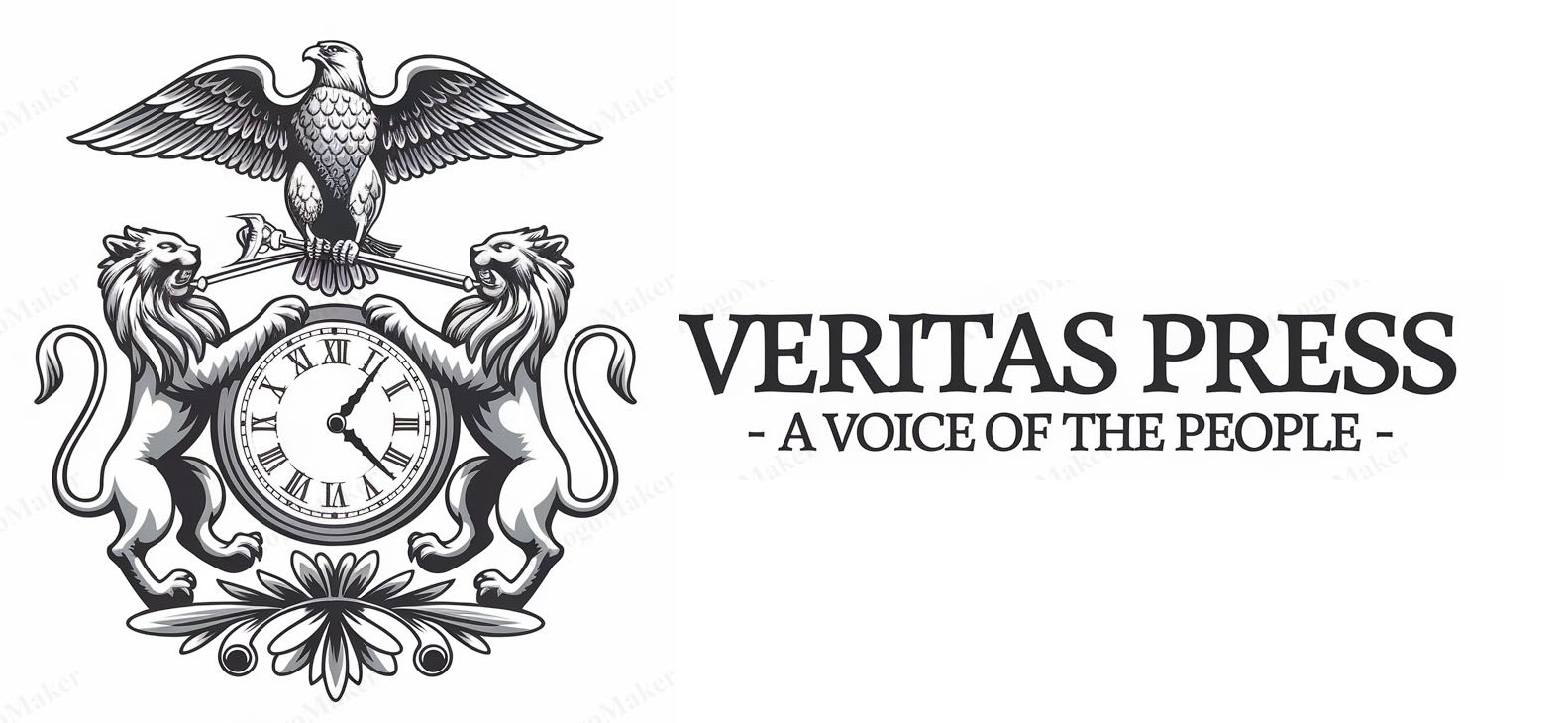
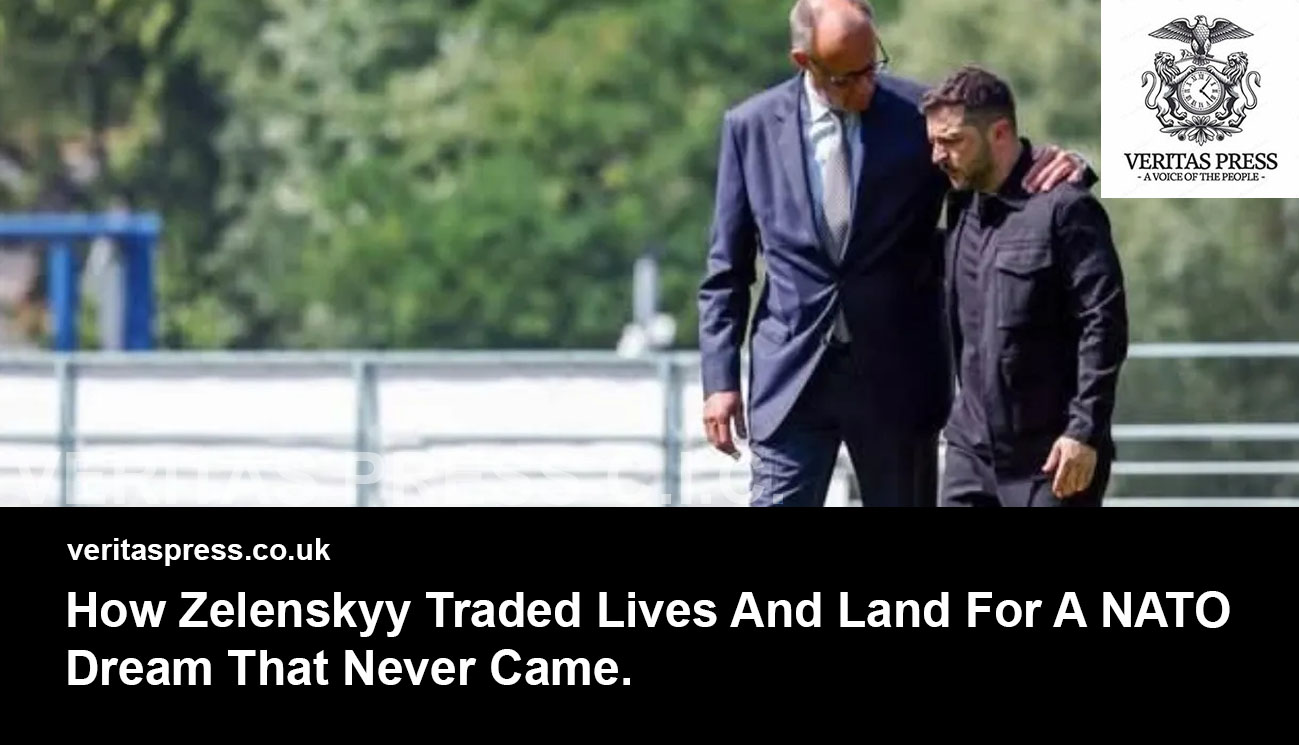

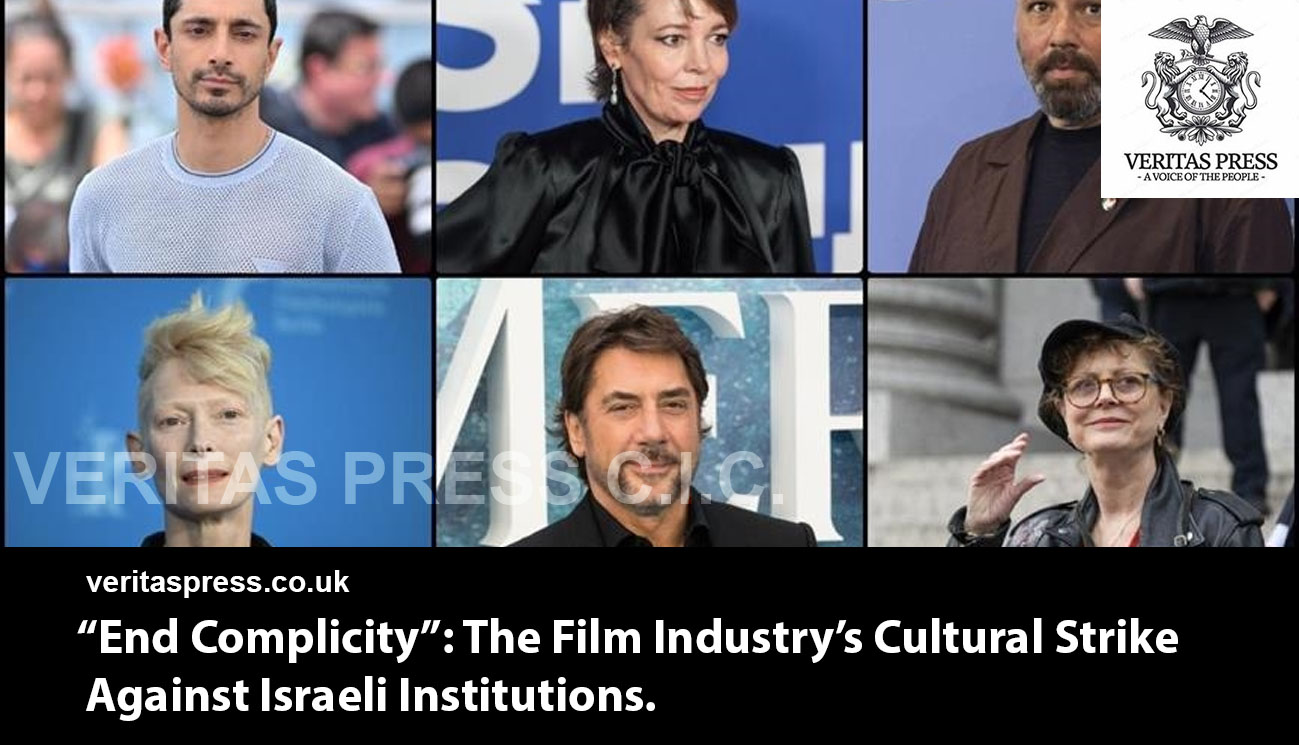
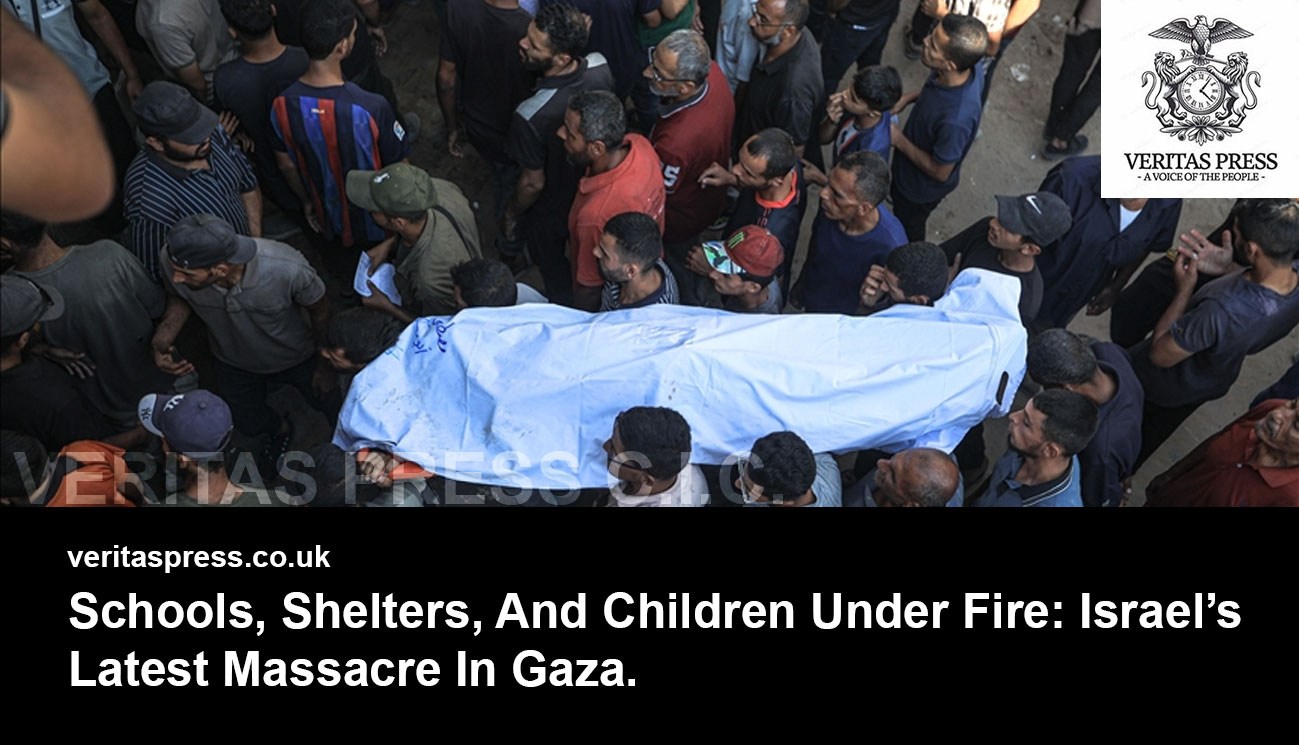
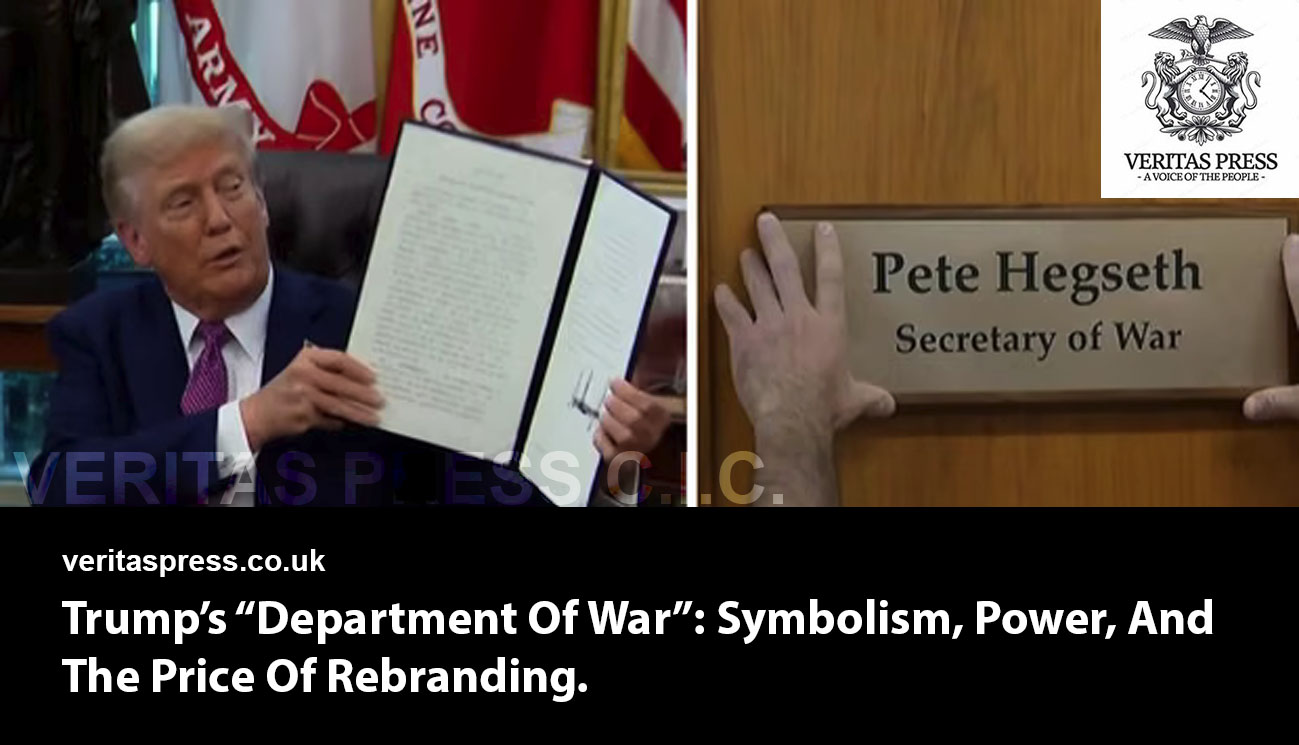
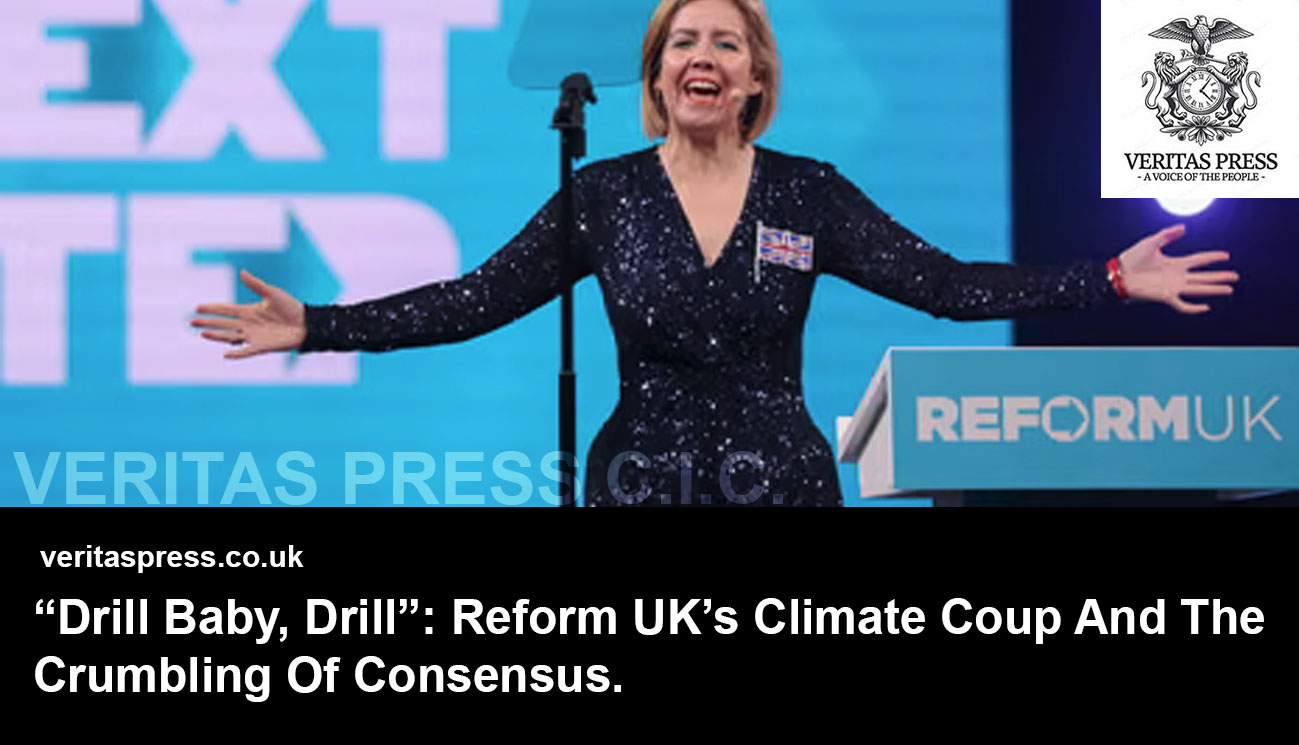
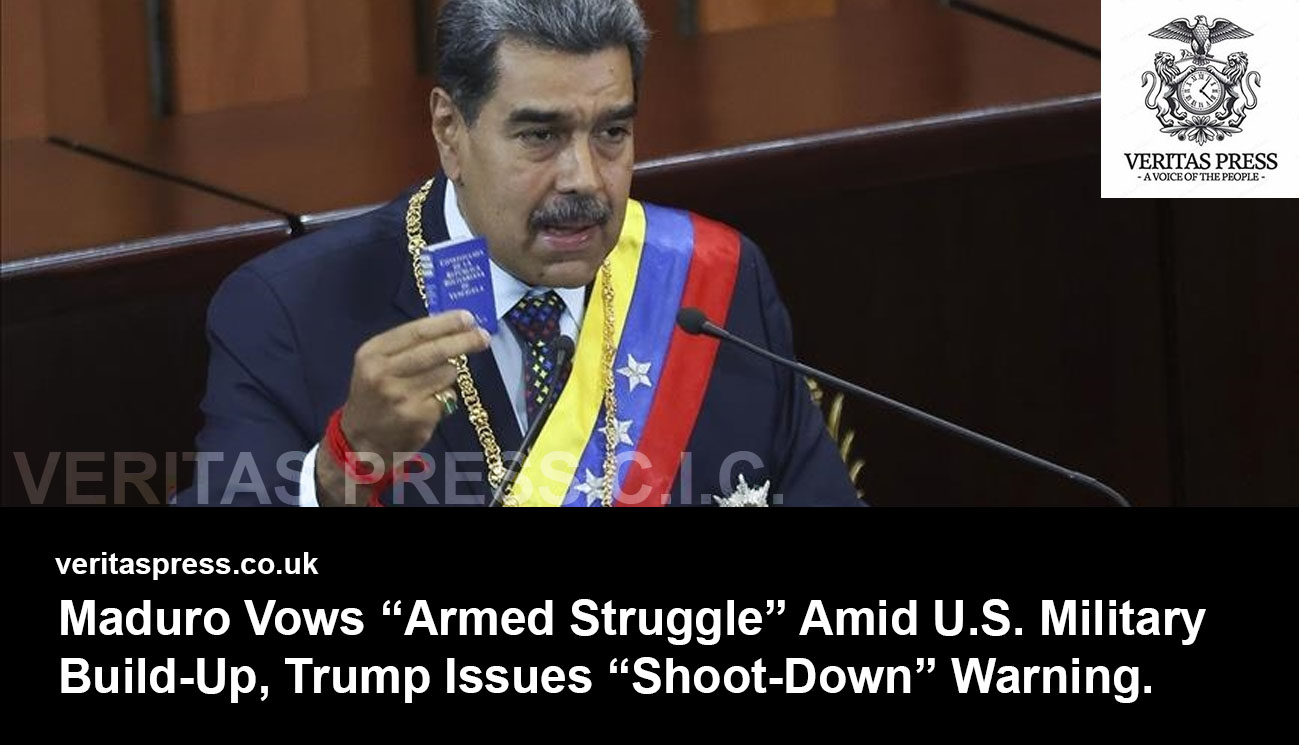
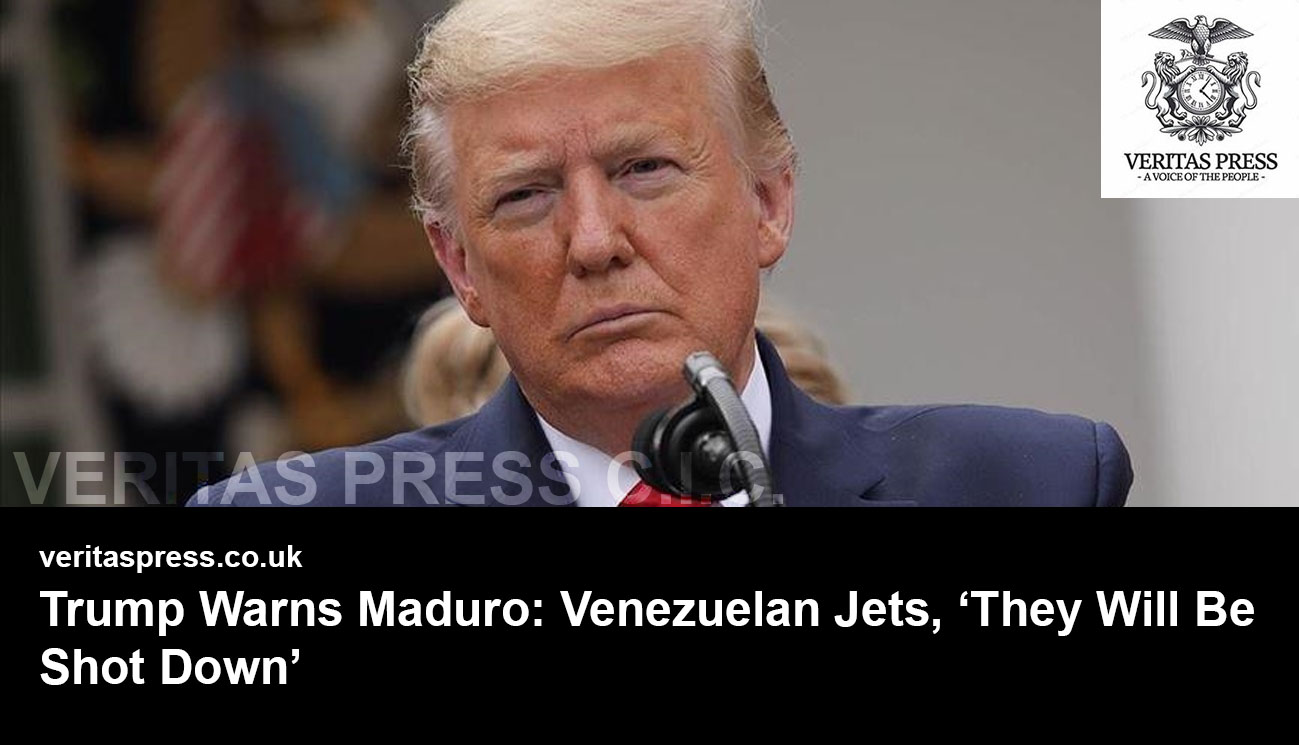
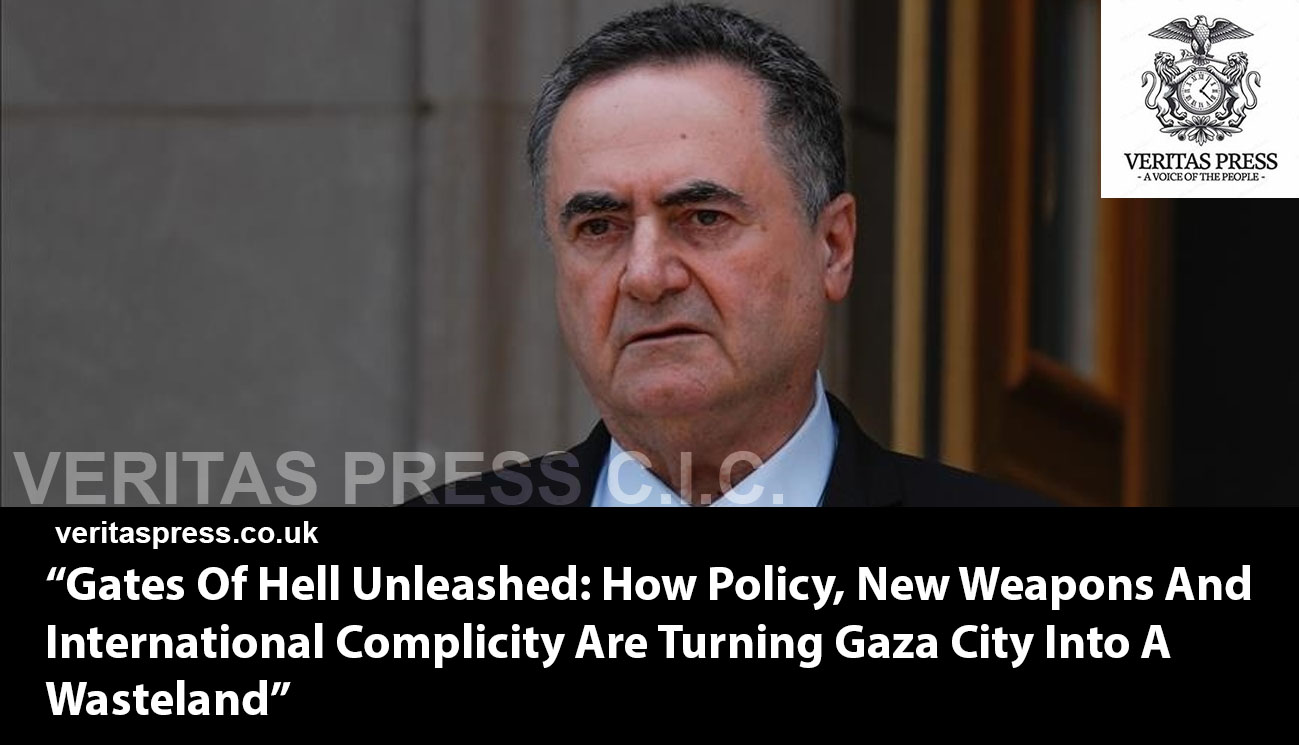
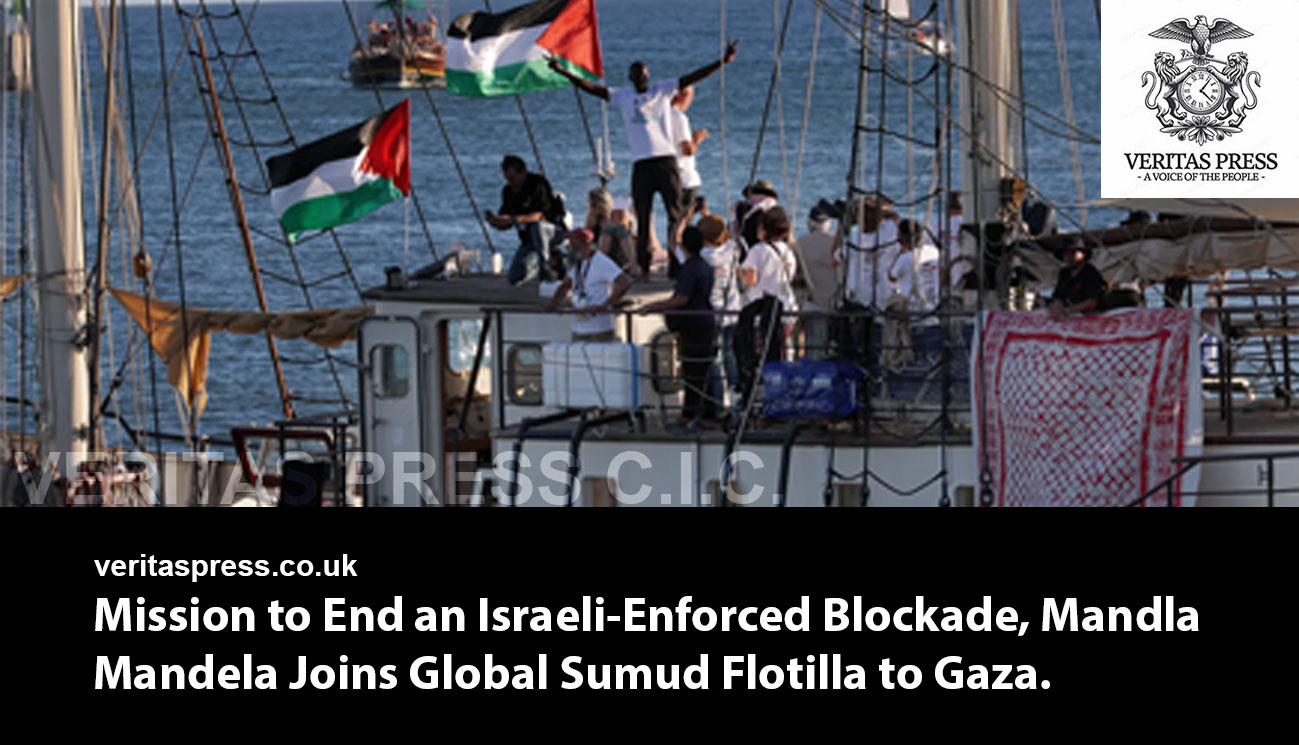
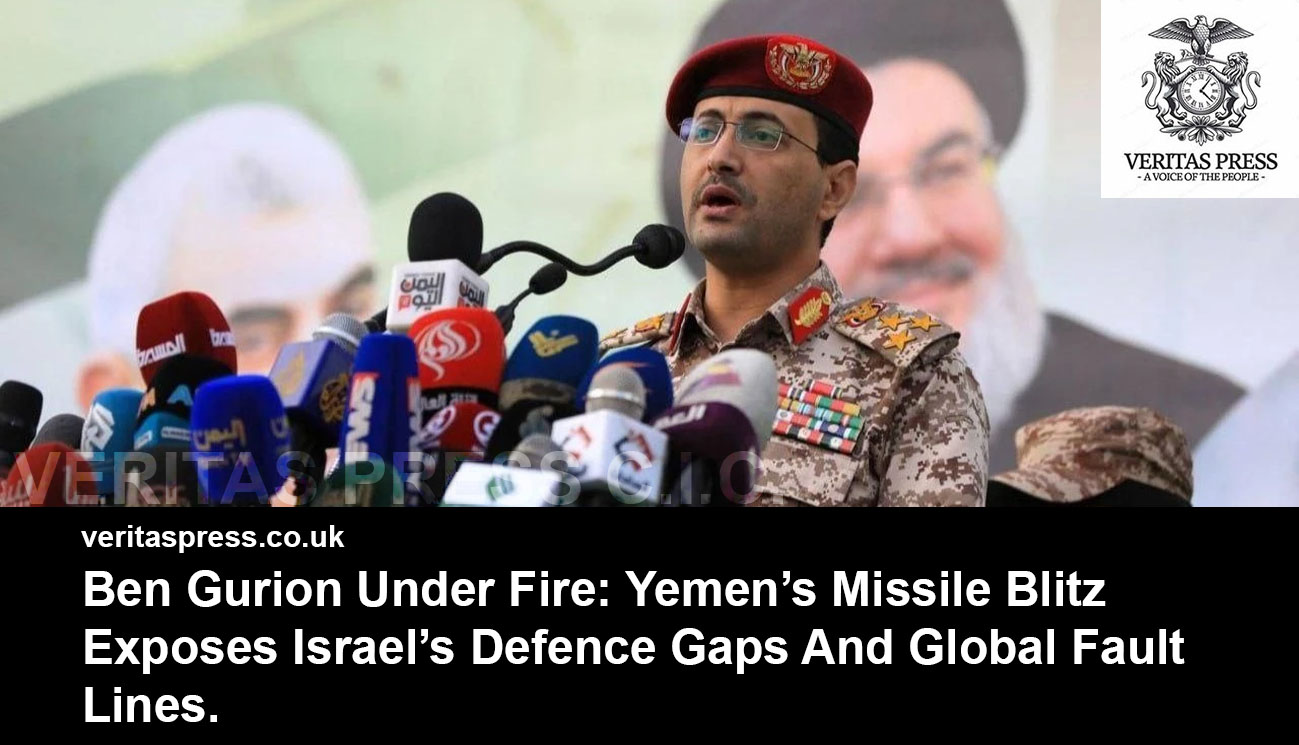
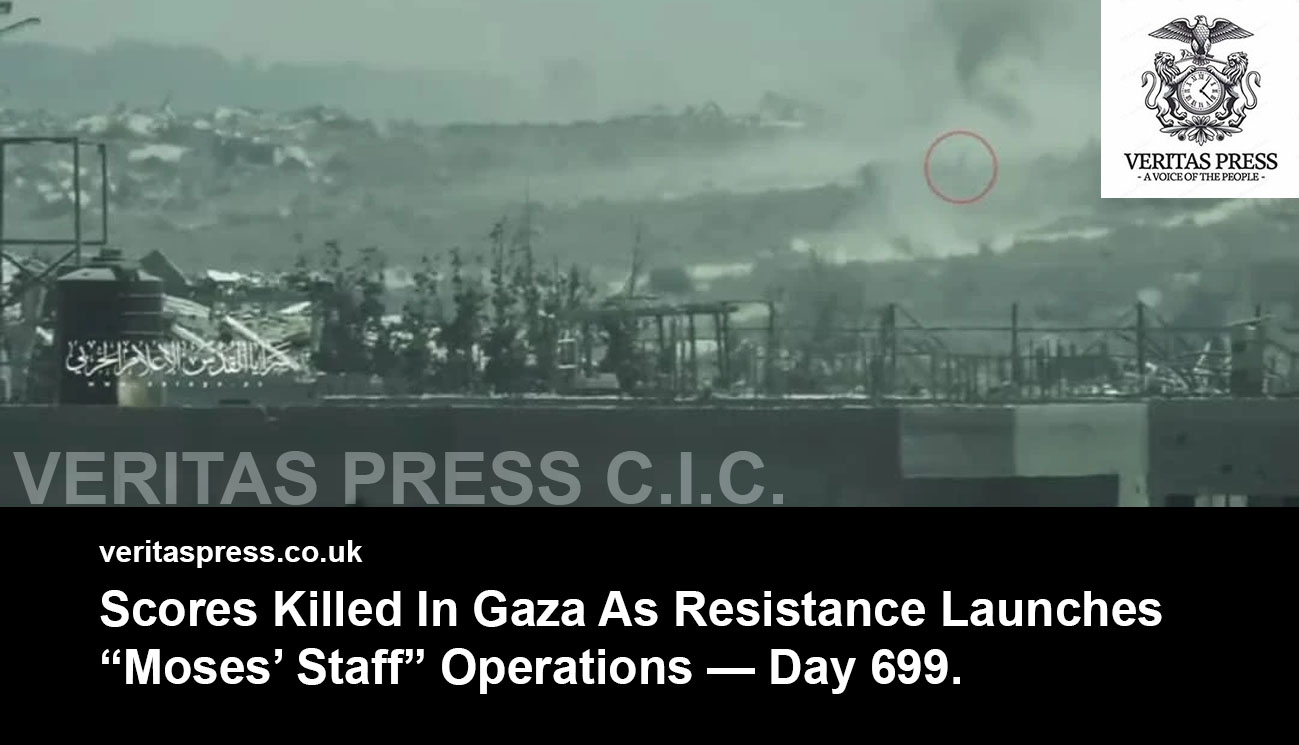
Leave a Reply